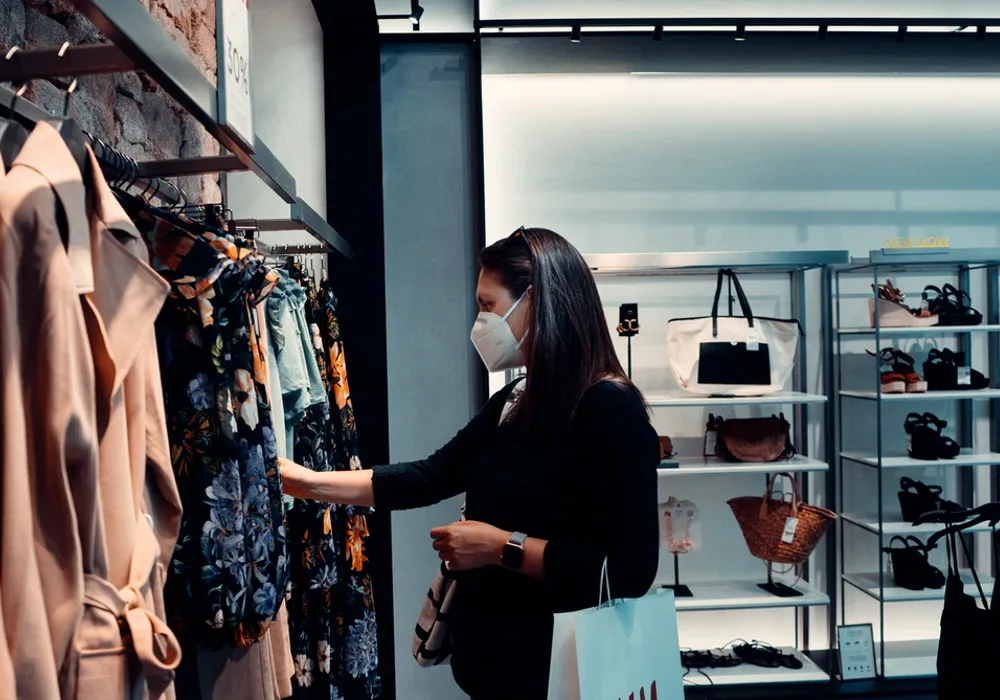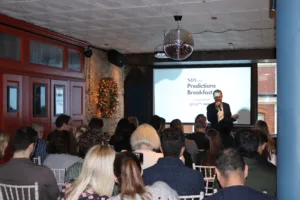It’s safe to say that the COVID-19 pandemic has transformed the face of UK retail forever, putting the country’s ecommerce journey a few years ahead of its pre-coronavirus predicted schedule.
The reopening of ‘non-essential’ retail stores in England and Wales earlier this month is estimated to have increased footfall on the High Street by 178%. Despite this, according to data from performance marketing company Wunderkind, web traffic and ecommerce revenues both also increased by around 2.5%, highlighting the desire of consumers to continue shopping online even with shops open.
And separate research from McKinsey supports this. The management consulting firm found that 92% of shoppers plan to continue buying online beyond the pandemic.
Richard Kelly, Chief Executive Officer at Adimo says: “The COVID pandemic had an obvious, immediate impact on eCommerce activity in the UK. As the country went into lockdown, the desire from all segments of society to do more of their shopping online exploded. In the two weeks either side of the first lockdown, on 23rd March 2020, our platform saw a staggering 489% increase in consumers shopping online versus offline. Over the last year, this position has been maintained with a 225% uplift in online shopping in March 2021 compared to March 2020.”
Matt Bailey, Director of Sales for UK, Nordics & France at Productsup, says: “The main impact of the pandemic on ecommerce has been to accelerate the rate of growth and also to speed up the adoption of tactics that are beneficial to consumers. People have been forced to shop online and this necessity has helped overcome the nervousness or reluctance that some people may have had about buying online previously.
“Similarly, retailers have had to quickly adapt to this switch by offering new delivery options and ways to return products. Customers expect fast, cheap delivery and easy returns, so the companies that want to win have had to embrace this.”
Not so typical
Though consumers still expect a seamless online shopping experience, there is now a wider range of customers who hold these expectations, with ‘typical customer’ and ‘typical ecommerce customer’ now becoming “synonymous for most brands,” according to Bailey.
“Whilst previously it may have been that the majority of online sales would come from a certain demographic, that horse has now bolted and everyone is comfortable buying online,” he says.
Kelly agrees that the idea of ‘typical ecommerce customer’ no longer really exists “because the spectrum of users has increased as well as the volume and frequency of purchases being made”
At the same time, Kelly feels that expectations have changed, highlighting Amazon’s role in shifting consumer expectations.
“Prime customer penetration is north of a staggering 80% of US households with the UK not far behind. Consequently, this raises expectations: consumers come to expect next day delivery, at no extra charge, with easy returns. Consumers then carry this higher bar into their grocery experience,” he says.
“The big opportunity for retailers is these learned behaviours now drive retention, in turn driving greater ecommerce revenues, which drives further inward investment, spinning the flywheel of compounding investment and return faster and faster.”
The joy of experiences
As consumers place increased reliance on the ecommerce space, retail businesses will also be forced to address the relationship between their online activity and their bricks-and-mortar stores.
“Projecting current trends, it’s quite conceivable that volume sales from online grocery will outstrip those of bricks and mortar within the next five years,” says Kelly. “At this point, what does bricks and mortar look like?”
He suggests that retailers have an opportunity to increase the experiential elements of their stores and build better relationships with their customers by bringing the online and offline worlds closer together.
“Thanks to data, it should be easy to tailor these experiences based on previous purchase behaviour. It’s also a great opportunity for brands – win a sale in person with a great product experience, that automatically becomes a basket suggestion on their next online shop,” he explains.
“Taking the concept further, if I buy milk and other perishables in Tesco, why can’t they forecast when I am likely to run out, based on previous purchase history and calculations of my household usage, and anticipate my visit before I arrive?”
Bailey agrees that “brick and mortar stores will become places of experiences” but believes that it is important for businesses to develop a strategy that works for them.
“It feels increasingly important to have a clear strategy about where and how the two interact. For some brands, bricks and mortar stores will be a place for customers to come and pick things up that they have ordered online. I’ve seen companies like Decathlon and B&Q opening pared down versions of their stores in urban areas to facilitate this,” says Bailey.
“For others, brick and mortar stores will become somewhere that customers can come and see a product in action or try it out, before transacting in any way they choose.
“As I say, what is important is to understand what your strategy is and what you are trying to achieve.”









